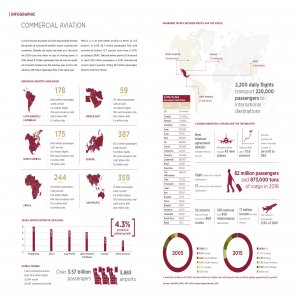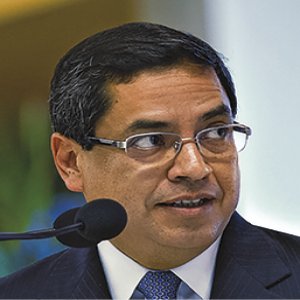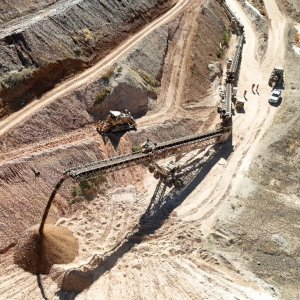Airport Bonds Provide Market with Certainty

STORY INLINE POST
Q: What were the most challenging elements Jones Day faced when closing the various NAICM deals?
A: Each deal was complex in its own way. For instance, with renewable-energy deals, the balance in off-taker profiles is important because the full financial risk is based on their strength. With the old self-consumption permits, PPAs were formed based on the financial strength of each of the off-takers, meaning that the banks would review the balance sheet of the off-takers and the termination rights outlined in the PPA. Since the revenues from the repayment of the financing come from the PPAs, they require strong termination rights and penalties. With the new system, we have an energy market and guidelines for compensation with a different risk factor. The most complex issue is how the banks will assess that risk. The airport bonds provide great certainty to the market due to the fact that all the revenue comes from TUA directly from the airlines into a trust, which is the source of payment of the financing. There is no way for the airport to misappropriate those funds. Terminal 2 of AICM was financed the same way and this method guarantees the financing banks are repaid.
Q: What measures can companies implement to protect their projects against changes in political administrations?
A: Investors must ensure that their concessions are respected, regardless of how elections unfold. The solid legal framework in place helps to maintain the certainty of concessions. Most companies hold international bonds or equity stakes, especially large developers. These types of deals are protected by NAFTA, among many other free trade agreements, which is why the Canadian and Mexican governments have asked that Chapters 11 and 19 of NAFTA be respected. These chapters regulate foreign investment and the arbitration and dispute resolution when investment is not respected in a country. Mexico is among the countries with the most free-trade agreements in the world and Chapters 11 and 19 form a good framework for protecting investment in concessions.
Q: What advances have there been in interconnecting NAICM to the rest of the country and how viable are these projects?
A: GACM, along with the federal and Mexico City governments, have worked arduously to create viable proposals to interconnect NAICM with the rest of the country. There are currently various projects in the pipeline including highways and metro line extensions, as well as the express train that will run from Metro Observatorio to NAICM. That is a project that will belong to the Mexico City government and not the federal government or NAICM. In the end, it will come down to the viability of the project and whether or not the costs will require government subsidies. At this point, there is no way for the government to subsidize the amount required. The Mexico-Toluca Interurban Train is a great project but requires a significant subsidy from the government.
Q: In terms of developers or the government, who has responsibility for land rights?
A: Land rights are always an issue and vary from project to project. For instance, eminent domain provided for hydrocarbon projects grants preference to the oil industry over any other activity. But acquisition of a plot of land is more an issue of negotiation with stakeholders. In transport and telecommunications projects, it is difficult because each piece of land must be negotiated separately.
Q: Why should there be more PPPs to develop infrastructure in Mexico?
A: The more we create PPP schemes and the more pension funds invest in the projects, the more guarantees the projects will have. For the private sector, access to funds is more expensive than for the government. If you want to finance a project using the private sector or PPP, that financing will be charged at the higher “private sector rate” so that the government is essentially paying more than it would for a fully-public project. But the government is now pursuing more PPPs.
























